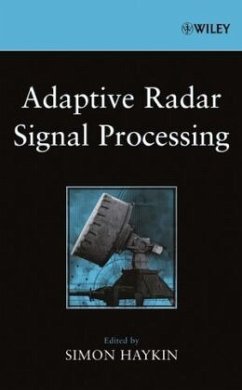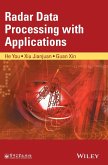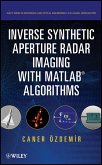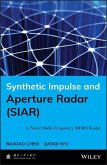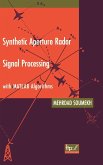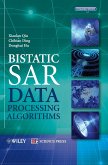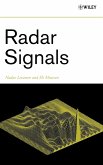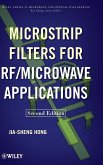The book is one of a kind, describing work completed by Professor Simon Haykin and his collaborates over a period of 20 years. Adaptive Radar presents a detailed account of several issues that are basic to the design of an adaptive radar system: Radar scene analysis, nonlinear dynamics of sea clutter, direction of arrival estimation within a beamwidth, using multitaper spectral estimation, echolocation system of bat, discussion of the basic issues involved in the development of a cognitive radar that learns from its environment on a continuing time basis.
An Exploration of Key Issues Integral to the Design of Adaptive Radar Systems
This collaborative work presents the results of over twenty years of pioneering research by Professor Simon Haykin and his colleagues, dealing with the use of adaptive radar signal processing to account for the nonstationary nature of the environment. These results, described by the researchers themselves, have profound implications for defense-related signal processing and remote sensing.
The book is divided into two parts:
_ Part I discusses radar spectral analysis, with emphasis on spectrum estimation of the received signal. Following an introductory chapter, Chapter 2 addresses the low-angle tracking radar problem. Focusing on the target's angle of arrival in the presence of multipath, the authors set forth a spectrum estimation procedure known as the multi-taper, or multiple-window, method. This method accounts for the specular as well as diffuse kinds of multipath, which are integral parts of a physical low-angle tracking radar environment. Chapter 3 builds on the multi-taper method by estimating the power spectrum of the received signal as a function of both time and frequency with emphasis on sea clutter.
_ Part II examines dynamic models of radar returns produced in a marine environment. Chapters 4 and 5 study different approaches to modeling the underlying dynamics responsible for the generation of sea clutter. Chapter 6 completes the discussion by formulating a Bayesian framework for the detection-through-tracking of a target in the presence of sea clutter.
References are provided in each chapter guiding the reader to the original research on which this book is based. This is a must-read for all engineers involved with radar systems-even senior-level engineers will find much new and thought-provoking material.
An Exploration of Key Issues Integral to the Design of Adaptive Radar Systems
This collaborative work presents the results of over twenty years of pioneering research by Professor Simon Haykin and his colleagues, dealing with the use of adaptive radar signal processing to account for the nonstationary nature of the environment. These results, described by the researchers themselves, have profound implications for defense-related signal processing and remote sensing.
The book is divided into two parts:
_ Part I discusses radar spectral analysis, with emphasis on spectrum estimation of the received signal. Following an introductory chapter, Chapter 2 addresses the low-angle tracking radar problem. Focusing on the target's angle of arrival in the presence of multipath, the authors set forth a spectrum estimation procedure known as the multi-taper, or multiple-window, method. This method accounts for the specular as well as diffuse kinds of multipath, which are integral parts of a physical low-angle tracking radar environment. Chapter 3 builds on the multi-taper method by estimating the power spectrum of the received signal as a function of both time and frequency with emphasis on sea clutter.
_ Part II examines dynamic models of radar returns produced in a marine environment. Chapters 4 and 5 study different approaches to modeling the underlying dynamics responsible for the generation of sea clutter. Chapter 6 completes the discussion by formulating a Bayesian framework for the detection-through-tracking of a target in the presence of sea clutter.
References are provided in each chapter guiding the reader to the original research on which this book is based. This is a must-read for all engineers involved with radar systems-even senior-level engineers will find much new and thought-provoking material.

